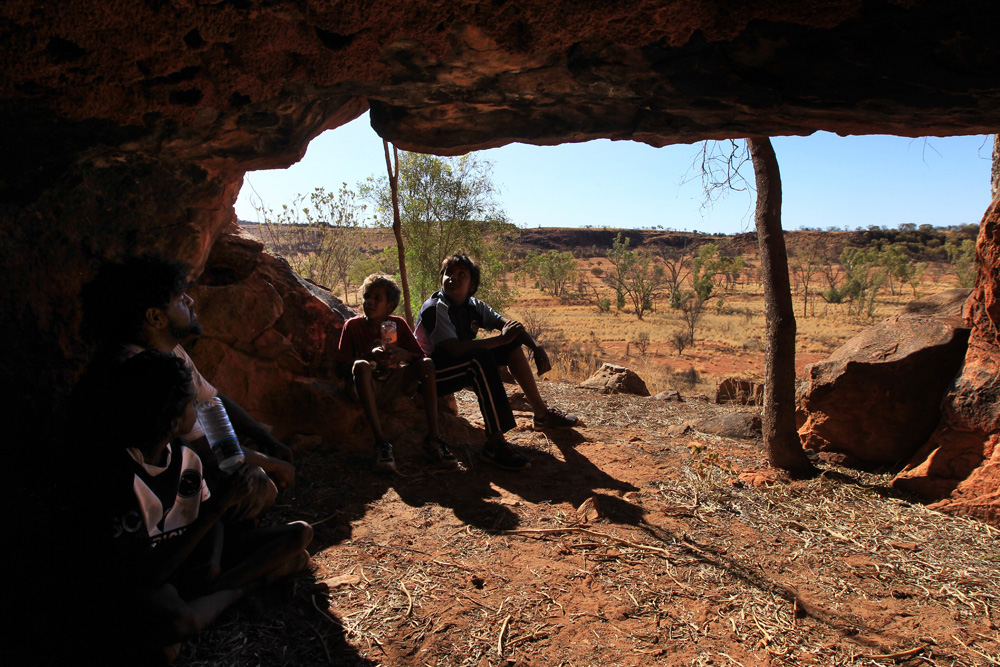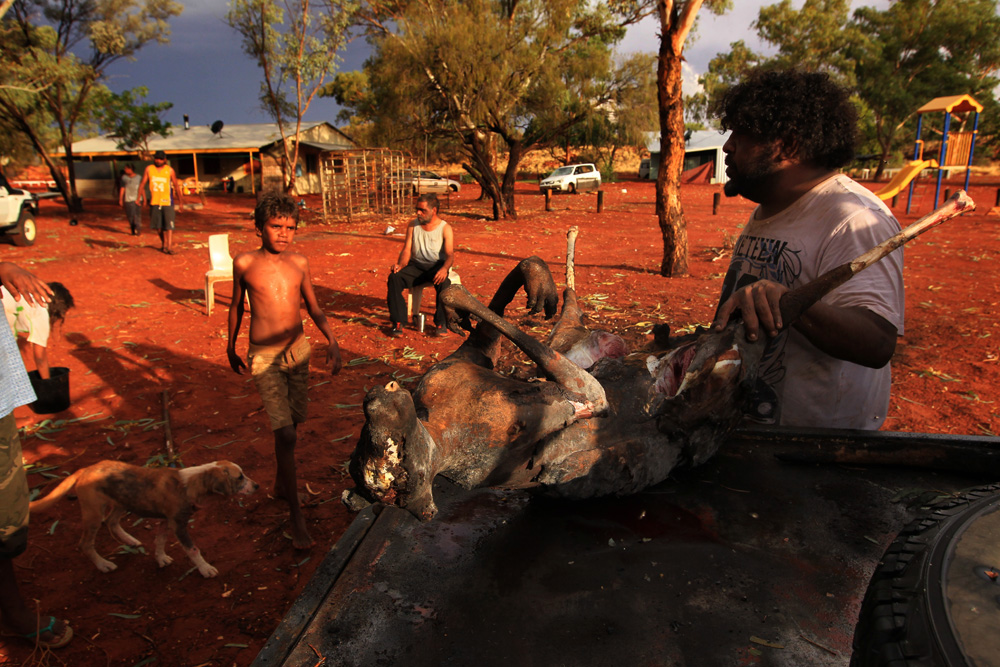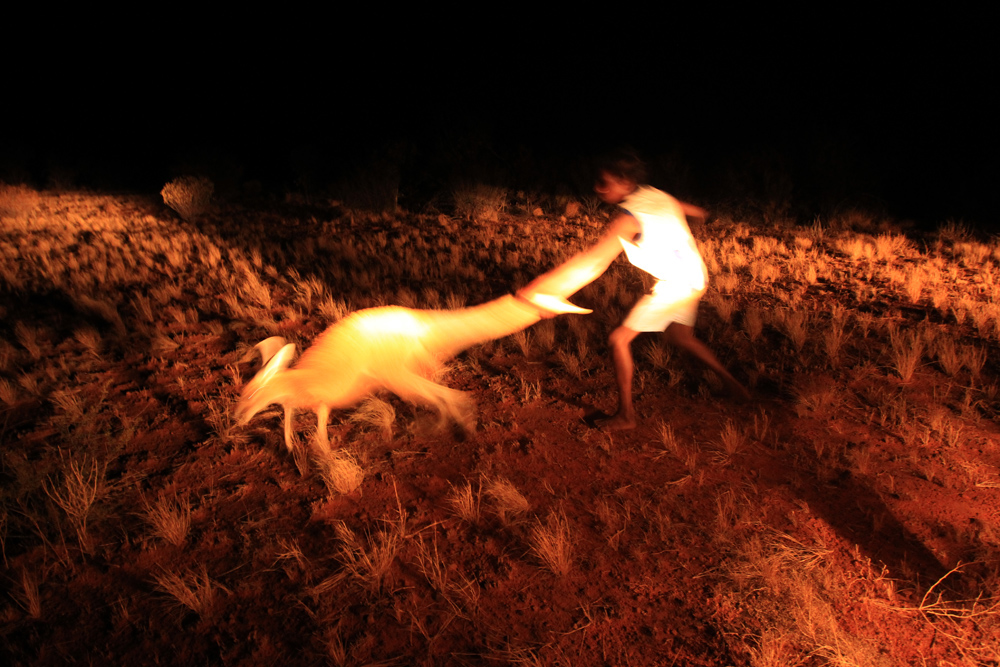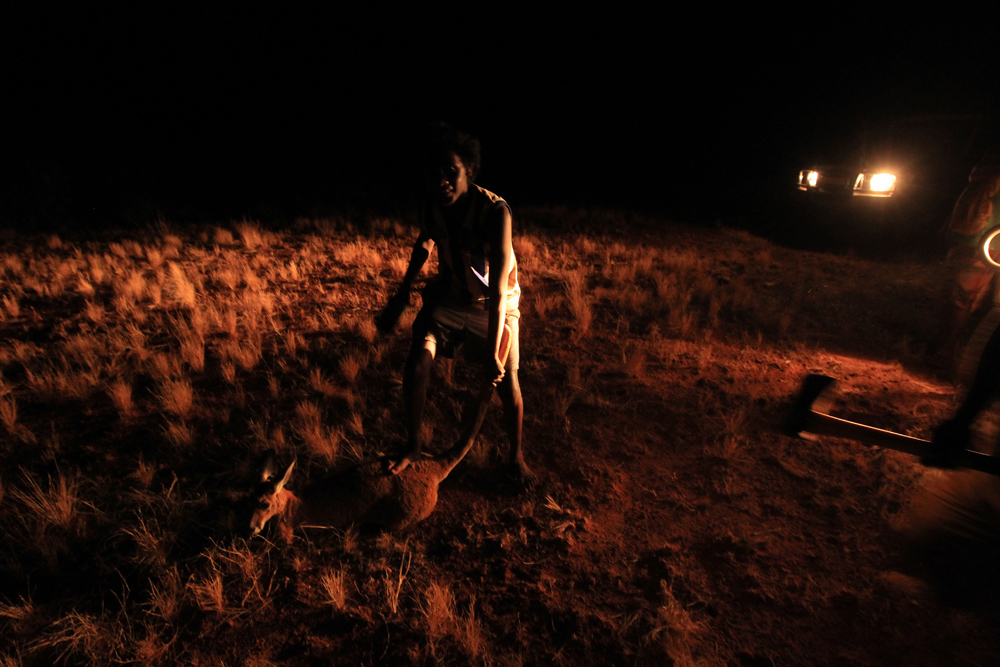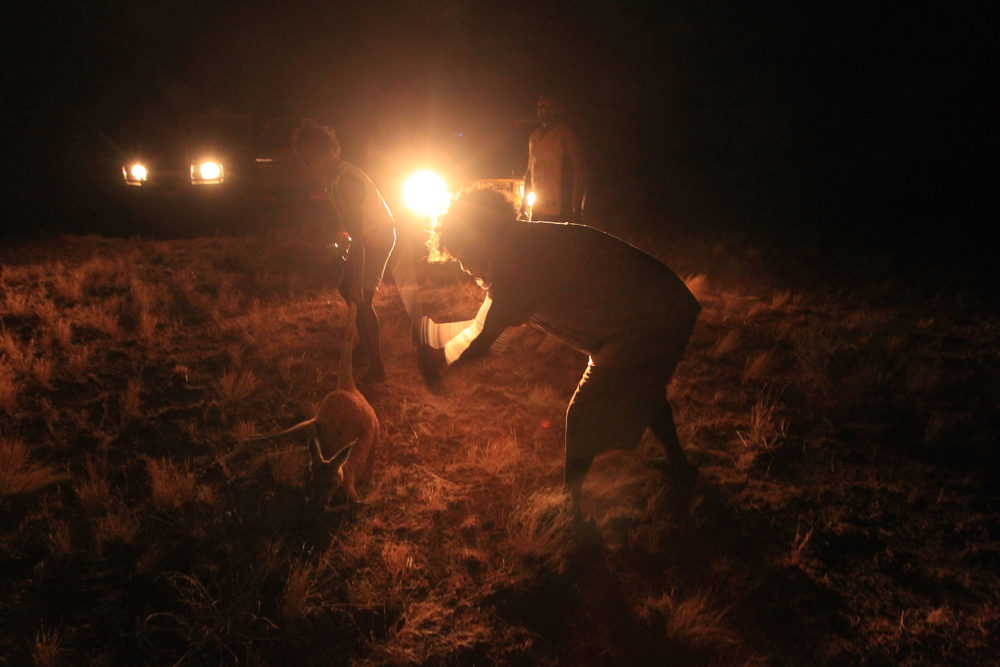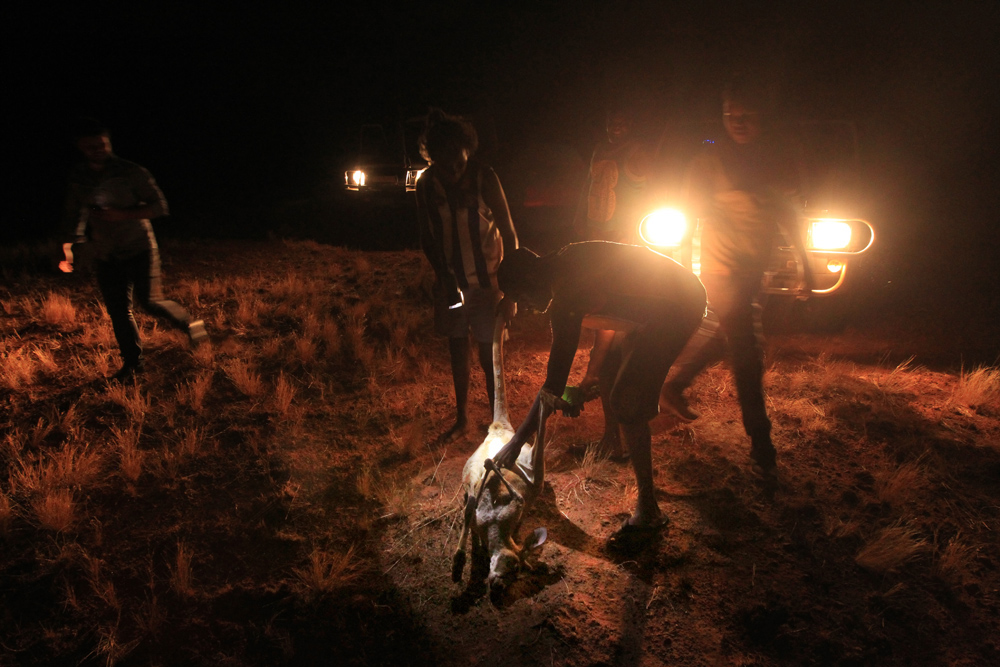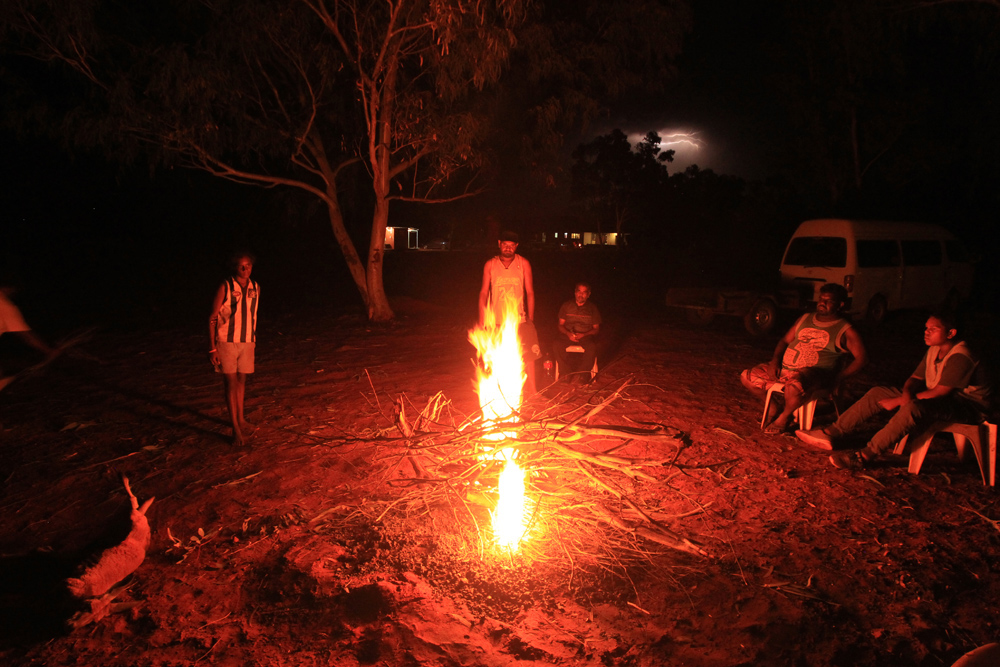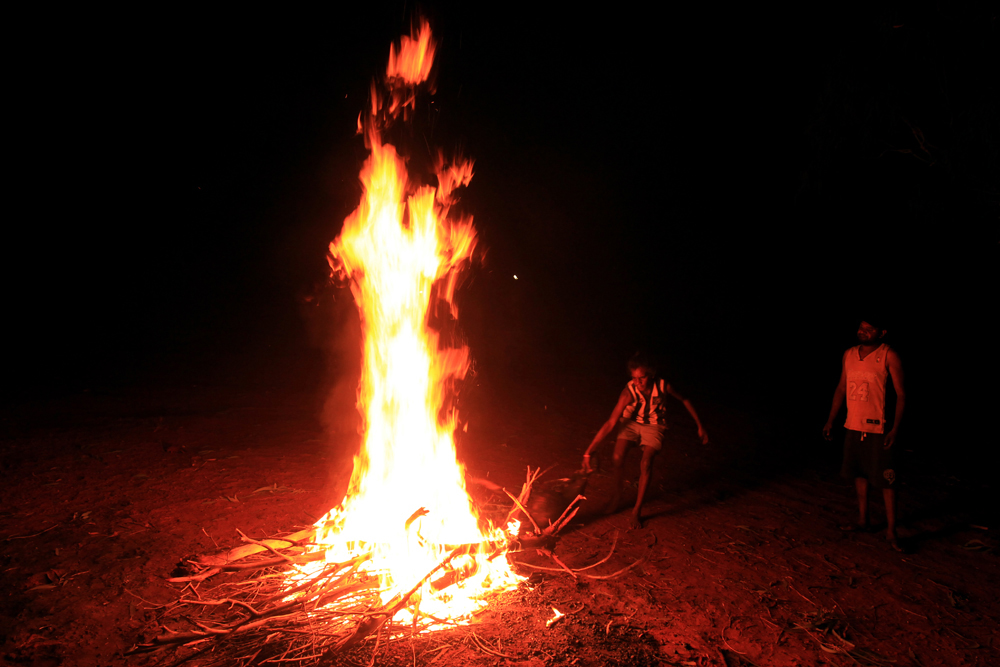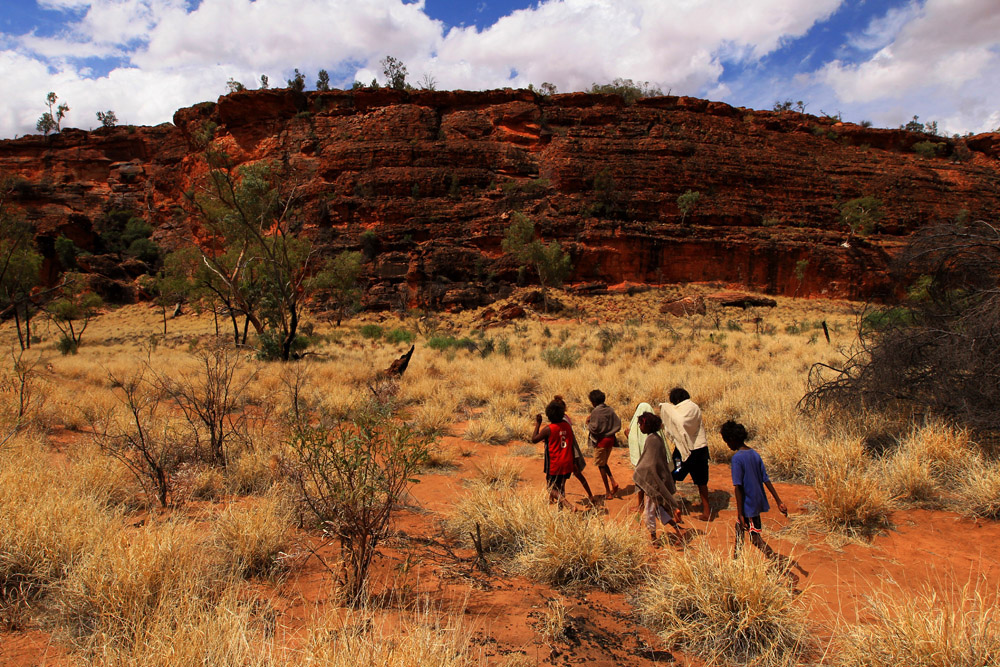Honiara, Solomon Islands
/Photographer: Richard Wainwright
Year of Submission: 2016 (Educators Edition)
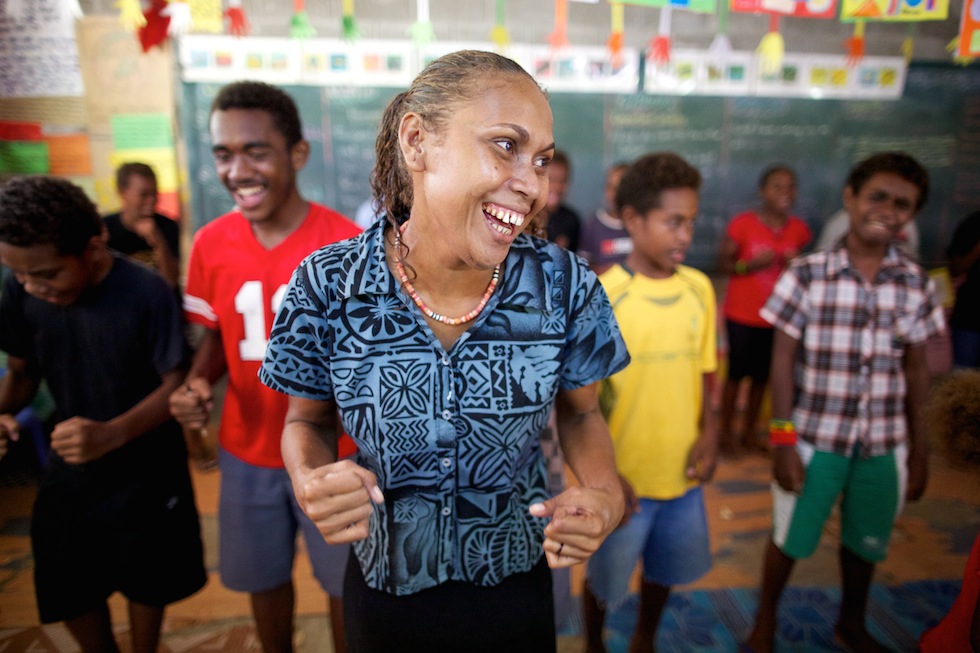
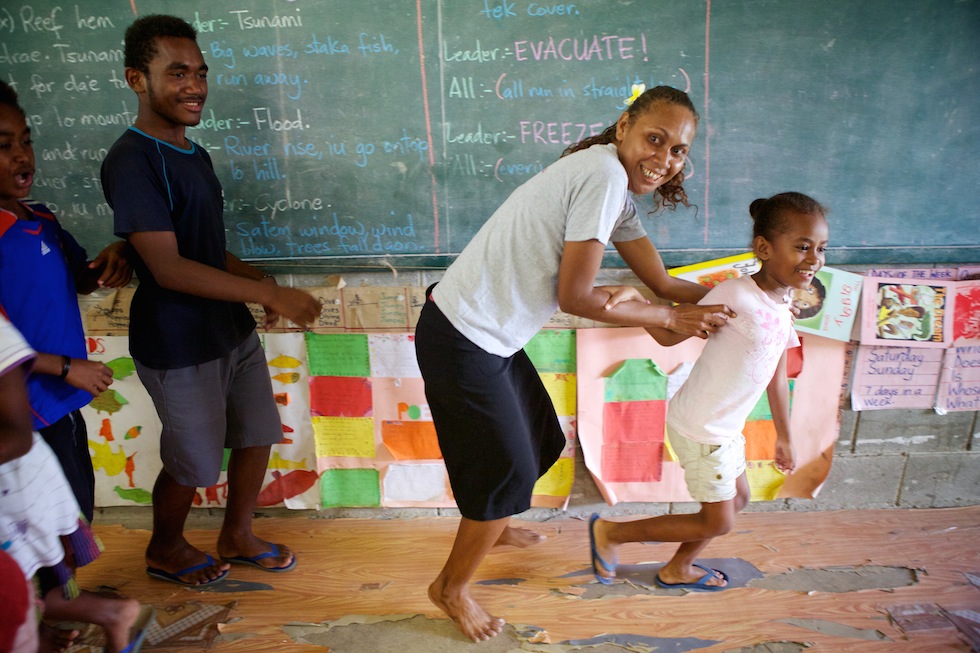
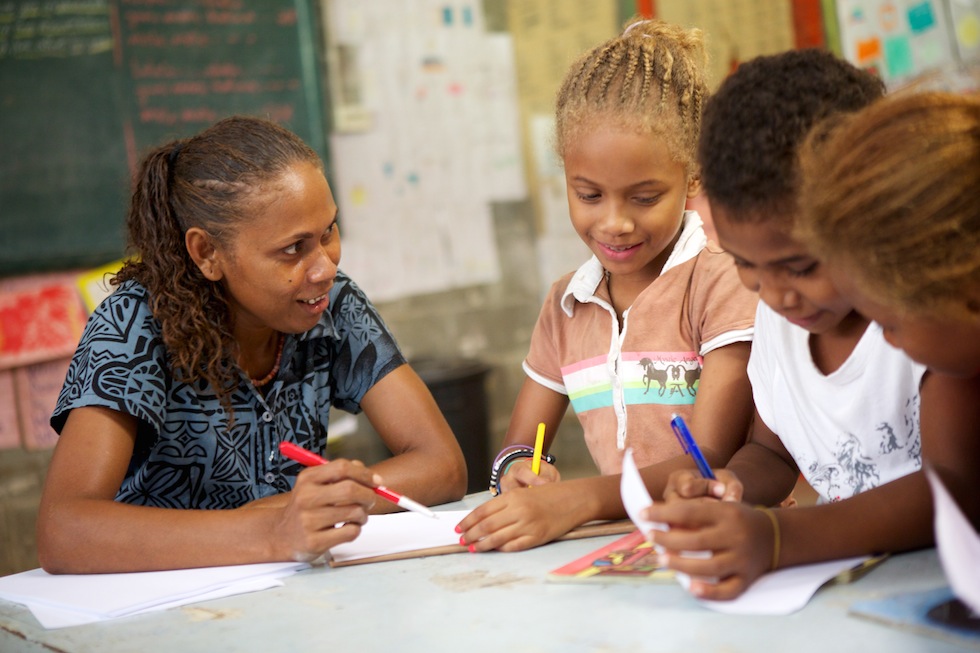
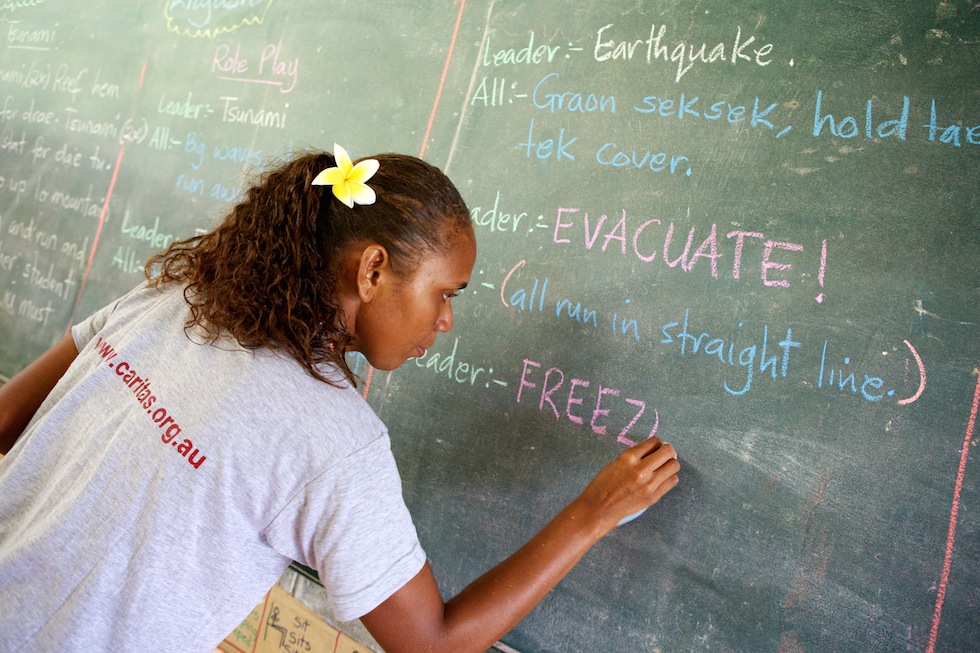
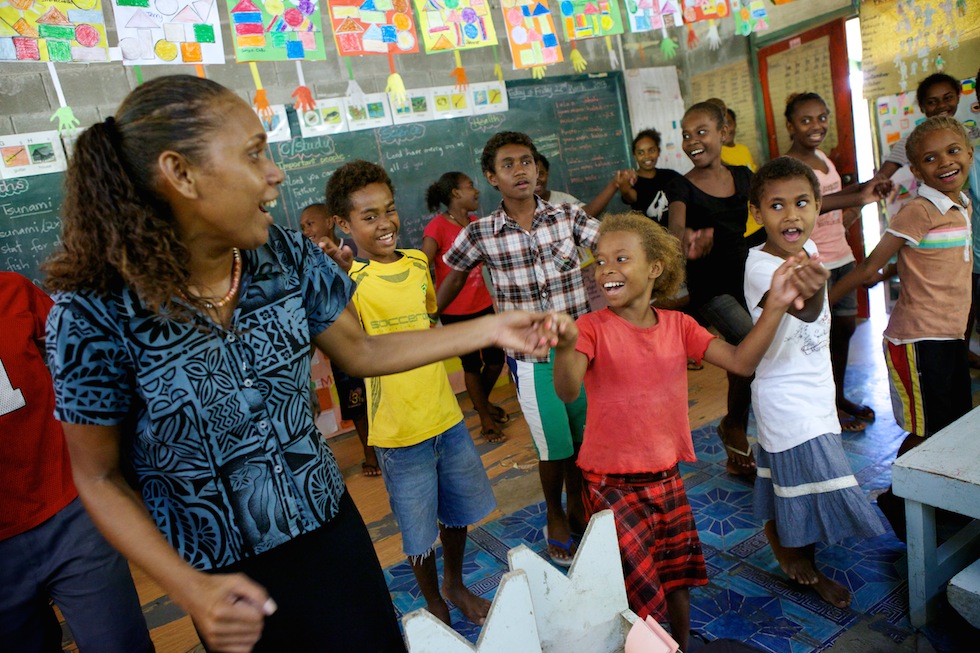
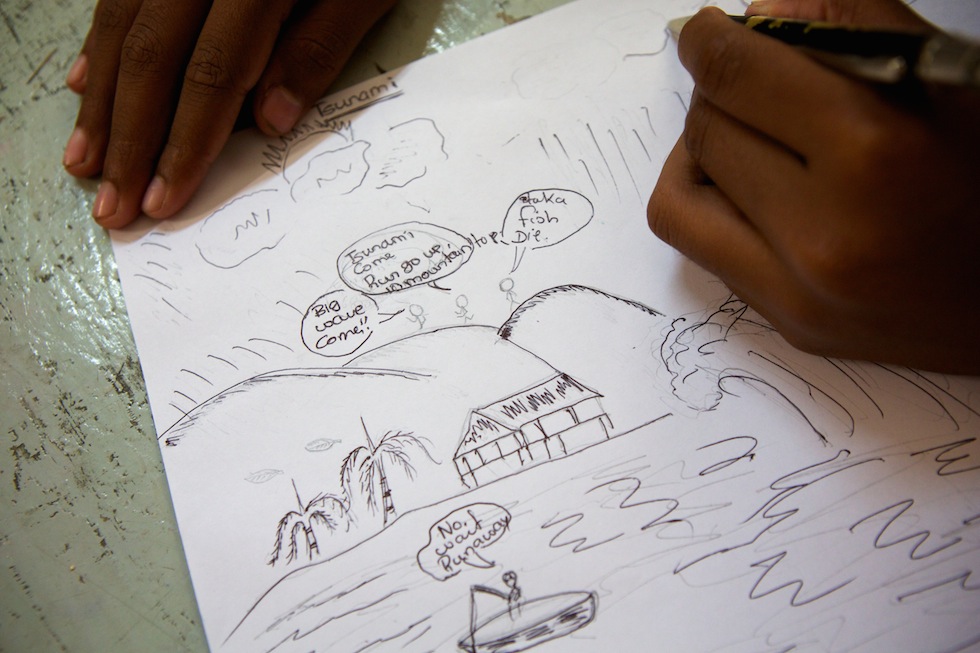
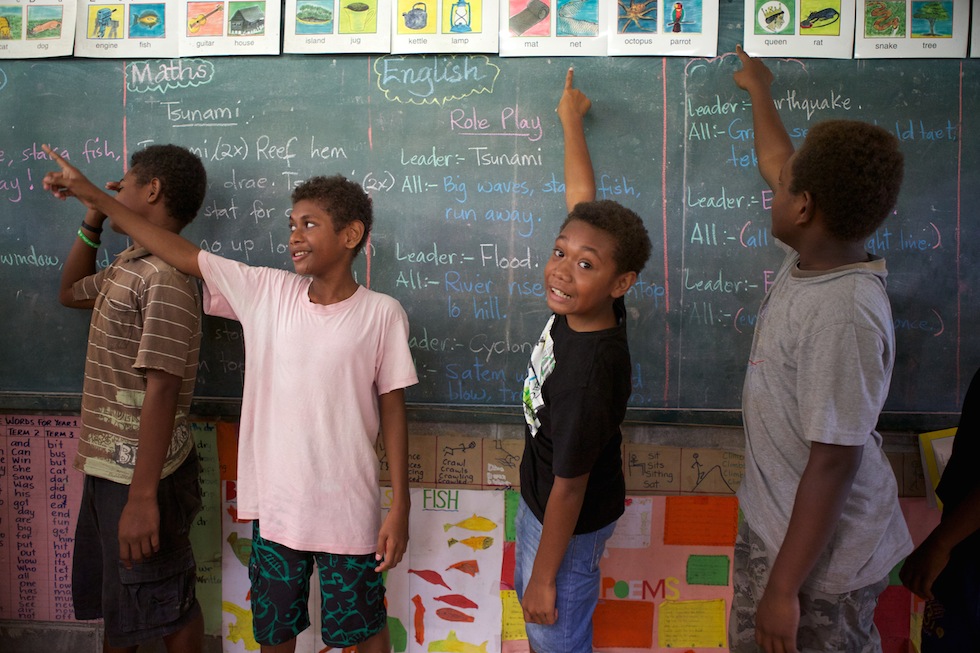
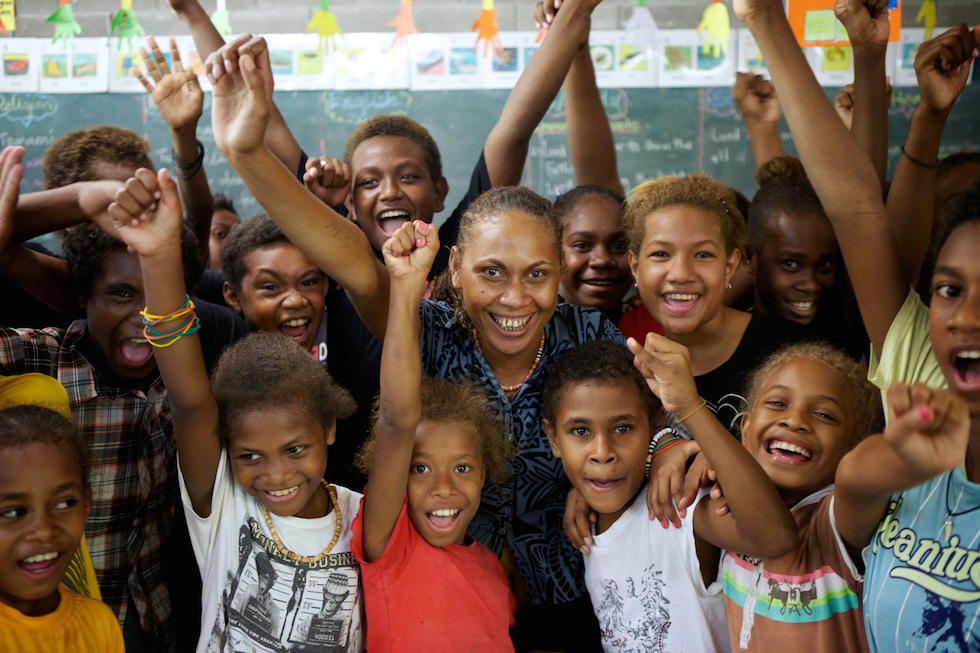
At her school in Honiara, the capital of the Solomon Islands, Martina uses songs with simple lyrics to teach her young students how to cope with natural disasters. Using the tunes from well-known nursery rhymes, Martina, 28, and her students have written four songs so far – giving themselves instructions on what to do if they find themselves threatened by a flood, an earthquake, a tsunami or a landslide. The idea for the songs came from the Nursery Rhyme Program, run by Caritas Australia. “Nursery rhymes break down the fear associated with natural disasters, and also help children memorise the rhymes and the emergency response,” says Martina. The Solomon Islands lie in a region vulnerable to earthquakes, tsunamis and extreme weather. “We have a cyclone season that runs from November to March annually,” says Martina. “This season we’re better prepared and know how to respond. In an emergency these songs can make all the difference.”








